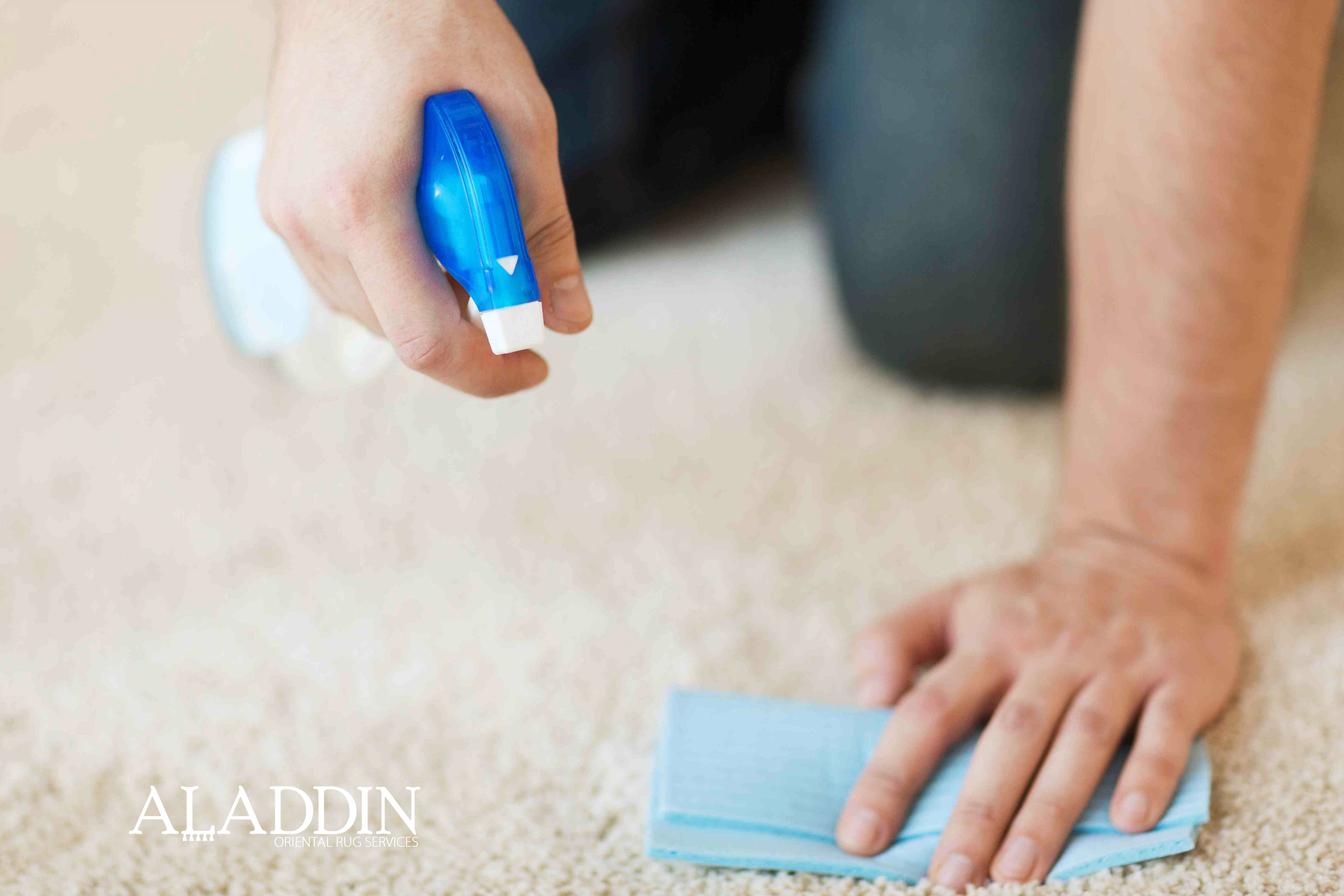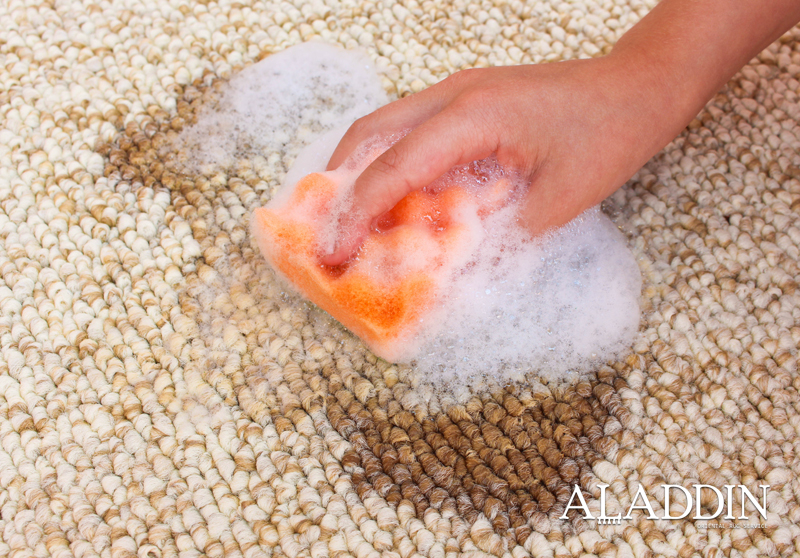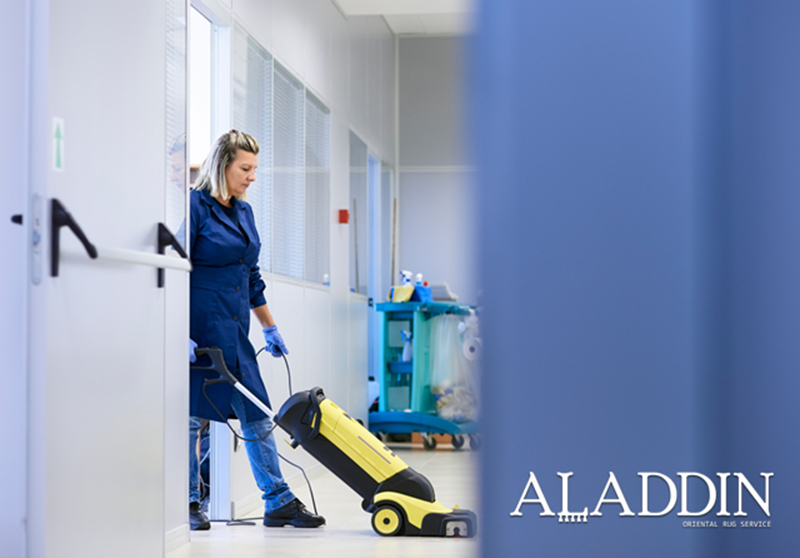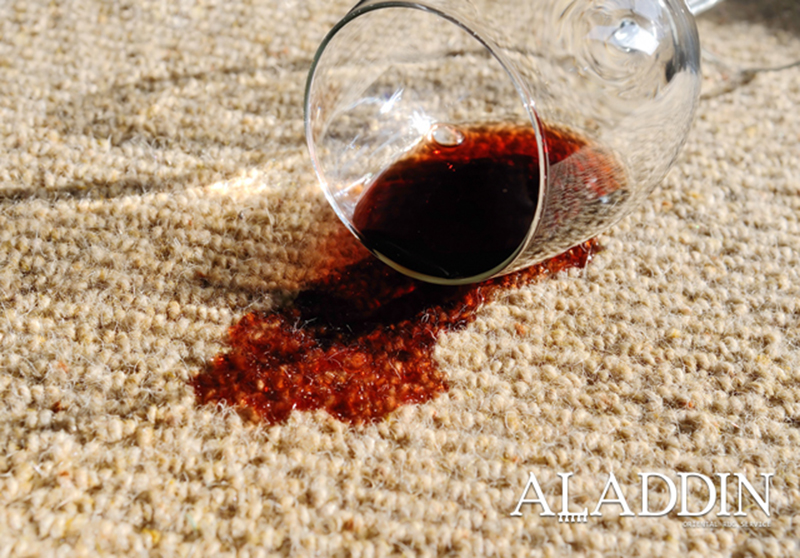You can remove any type of oil stain from carpets with this technique. Before starting these steps, gently blot a cloth or paper towel on the stain, taking care not to embed the oil deeper into the carpet- blot fromt he outside of the perimeter of the stain in.
Corn Starch or Baking Soda
Cover the stain with cornstarch or baking soda powder. They will soak up all moisture including oil.
Rub baking soda or cornstarch into carpeting – with just the right amount of pressure to make the powder penetrate into the carpet. If you’re dealing with a large stain use a large brush, and a toothbrush for smaller ones.
Allow the powder to set in
Leave it for at least 15 minutes – longer is fine, and then use a vacuum cleaner to suck it out of your carpet.
Drip liquid detergent onto the stained area
Rub it into the carpet with a small brush and put a tiny amount of warm water over the stain area and immediately blot it up with a cloth or sponge – there will be soap suds. Do this until the carpet is dry.
Let the Carpet dry outside
Check to see if the stain is still there, and if it is, repeat the whole process again. If it doesn’t work, move on to the next step.
Rubbing Alcohol
Place rubbing alcohol on a cloth and dab it onto the stain – the alcohol will ideally dissolve the oil. Once it’s dried, rinse the whole stain with oil, and then blot the oil up. If this doesn’t work, move on to the next step.
Dry Cleaning Solvent
Place dry cleaning solvent on a cloth or paper towel and test it on a small hidden area of your carpet. If the test doesn’t leave a mark, blot the stain with it, moving from the outside of the perimeter in to avoid spreading the stain around. Let the stain dry, and see if the oil stain is still there after some time. If it is, repeat the process again a few times until the stain has disappeared. If this still hasn’t worked, contact a carpet cleaning professional.











